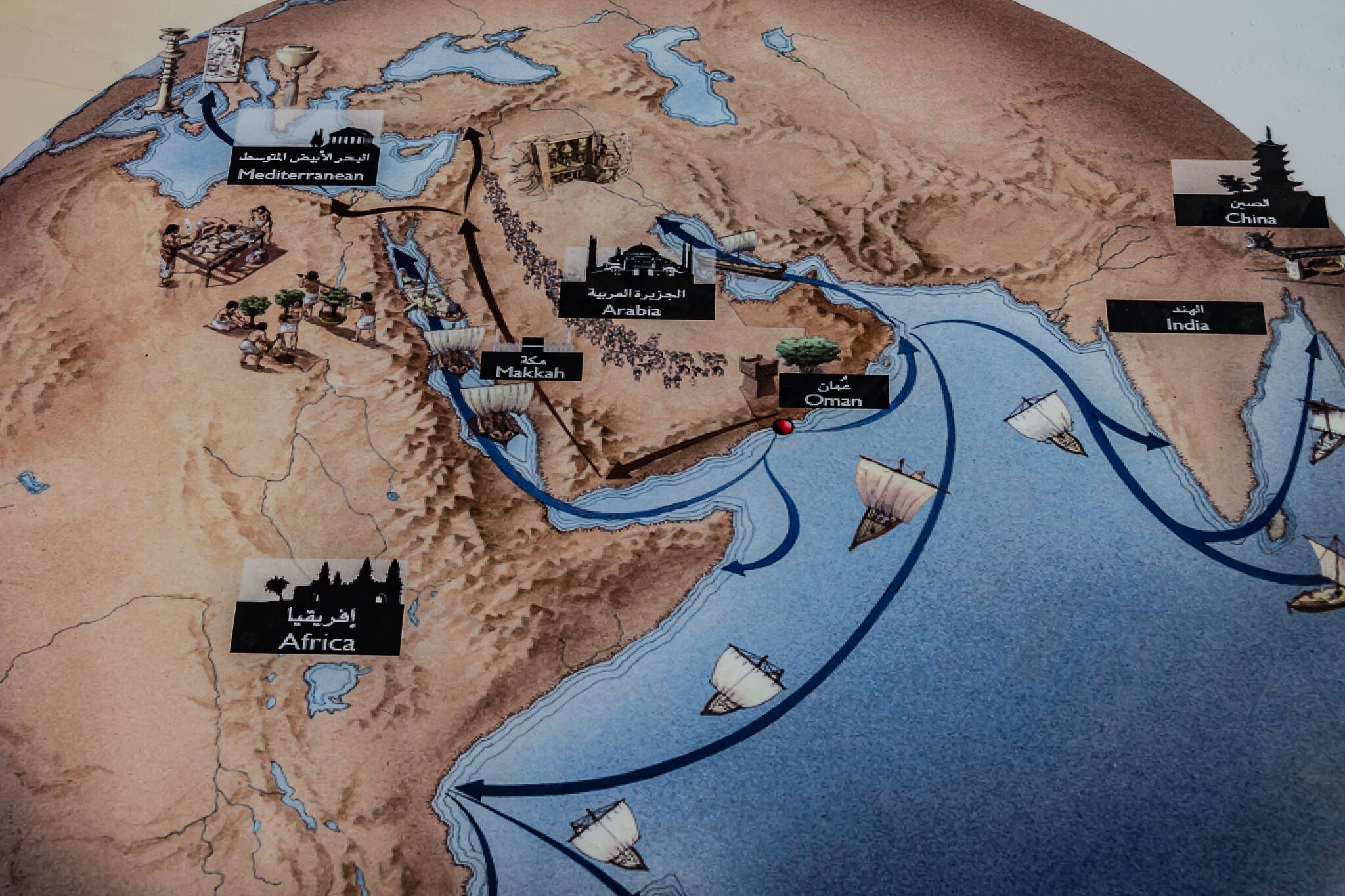They say the way to a man’s heart is through his stomach, but if you are looking to capture my love and affection, the path is much easier, you just need to entice my nose.
When I catch a whiff of a scented man it immediately triggers an autonomic response in my body to pause and breathe deep, real deep, taking in as much of that scent as possible. For me it’s evocative and an immediate distraction to seek out where the scent is emanating from and then to follow the trail that is tantalizing my nose.
It’s rare however that my nose gets this pleasure in my homeland, as more and more Canadian workplaces are banning perfumes and colognes or implementing a ‘least scent’ policy. But that is more than made up when travelling in the Arabian Gulf and in particular in Oman.
The moment you arrive in Oman is the moment your olfactory senses are heightened and move into overdrive. The Omani men wearing their traditional robes known as dishdashas— collarless, crisp and clean with the only embellishment being some coloured embroidery and a short tassel. The tassel may be the colour of the dishdasha or match the embroidery but in my view that’s not the stylized accessory, the accessory is the accompanied scent. Omani men layer their scent to signify personal taste and to reflect their personality. They do this subtly through the tassel which is dipped or sprayed with the Omani man’s cologne— I find it alluring.
Although it’s the complex, spicy scent of a man’s cologne that captures my attention, the women in Oman are equally perfumed and generally per capita those in the Persian Gulf are the biggest spenders on luxury perfume in the world.
But the scent of Omanis is not superficial in nature, it’s an aspect of Oman’s heritage, culture and pride. Much of the traditional methods of making perfumes have been preserved under the order of Sultan Qaboos in the establishment of the company Amouage, creating perfumes with oudh, musk, sandalwood and frankincense. The best and most expensive frankincense in the world hails from Oman and it is the predominant scent encountered while travelling in the country.
Frankincense has been one of Oman’s most precious exports for over 2,000 years, used for religious and medicinal purposes. It derives from resin tapped from the sap of the Boswelia Sacra trees in the Dhofar region of Oman (about 1000km south of Muscat) and transforms into hard yellow stones. These yellow stones are evaluated for colour, concentration of oils, size, and at one time frankincense was valued more than gold.
Frankincense is burned daily in Omani homes to cleanse and refresh the air and as a homage to welcome guests and keep them safe. Additionally, women and men draw the aromatic smoke from burning frankincense over their body or will stand over the burners to allow the smoke to perfume their clothing and hair.
The archaeological site of Sumhuram City, a significant port between the Mediterranean and India used for the trade of Frankincense.
Following that distinctive fragrance leads you to the path of the historic Frankincense trail, the former center of global trading routes that connected Oman to India, Egypt, Asia, Europe and Persia. Two such important historical commercial ports include the ancient city of Al Balid, now a UNESCO World Heritage site and the old city of Sumhuram, also protected as an archeological park. These ports located east of Salalah were instrumental in the international trade of frankincense. As the frankincense departed the shores of Oman to be shipped to India and beyond, spices, silk, and textiles arrived and travelled north by camel caravans. Today you can visit the archaeological sites and the on-site museum at Al Balid documenting the history of Frankincense.
I have written before about my love affair with Oman (Globetrotter blog: Oh Man, I love Oman) sharing all the reasons I fell for this country, it’s culture and the people, but I do believe it started with how wonderful Oman smells - smoky, warm, deep and sophisticated smells that travelled straight into my nose and then captured my heart.


